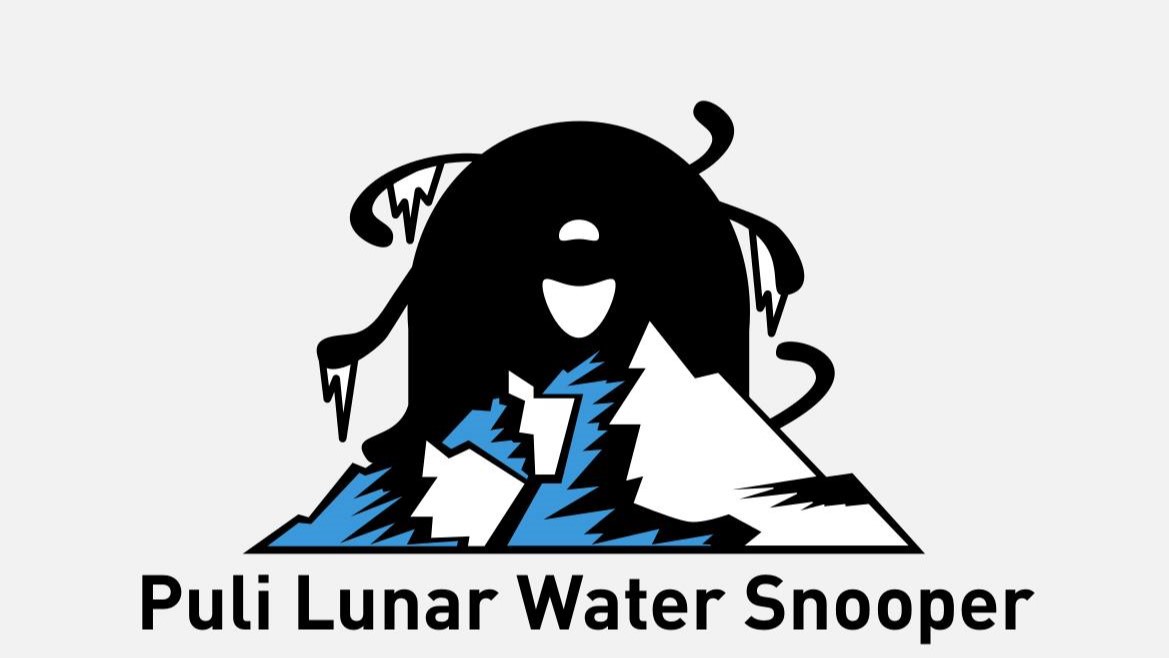The European Space Agency (ESA) has partnered with Hungary’s Puli Space Technologies in a groundbreaking collaboration to explore the Moon’s water resources. This marks ESA’s first-ever deep-space data acquisition agreement with a Hungarian company, highlighting the nation’s growing role in space innovation.
Puli Space’s Lunar Water Snooper (PLWS), a miniature neutron spectrometer, will embark on the Intuitive Machines IM-2 mission, a commercial lunar expedition led by the Houston-based private aerospace firm. The mission, scheduled to launch as early as late February, will deploy the PLWS to gather critical data on water ice in the Moon’s South Pole region. The PLWS, weighing just 400 grams, will be installed on the Micro Nova Hopper, an autonomous rocket-powered drone designed by Intuitive Machines. This innovative vehicle will explore the permanently shadowed craters of the Moon’s South Pole, where temperatures can drop to minus 200 degrees Celsius.
Founder of Puli Space Technologies Tibor Pacher expressed excitement about the international recognition and collaboration: ‘We are thrilled to have ESA join this mission. Exploring the shadowed craters is a significant step, as these areas hold potential reservoirs of water ice that could transform lunar exploration.’ The search for water ice on the Moon is critical to enabling sustainable human presence and economic activity in cislunar space. Water ice can be converted into oxygen, drinking water, and even rocket fuel, making it a cornerstone resource for future lunar bases and deep-space travel. ‘The data from this mission could catalyze the development of sustainable lunar bases and a cost-effective transportation system between Earth and the Moon,’ Head of ESA’s Lunar Exploration Office James Carpenter stated.
Puli Space Technologies
2025 – A Puli a Holdra megy / Puli goes to the Moon! Izgalmas év áll előttünk: alig várjuk már, hogy két Puli Vízszimatolónk elinduljon a Hold déli sarkvidékére az Intuitive Machines’ IM-2…
The mission represents a first-of-its-kind attempt to map localized water ice concentrations on the Moon’s surface. While previous orbital measurements have provided evidence of hydrogen presence, their spatial resolution was insufficient for pinpointing potential mining sites. Puli Space’s spectrometer will directly address this gap, offering critical insights into the distribution and density of water ice. The collaboration also underscores the growing role of private enterprises in space exploration. ESA’s agreement with Puli Space signals a broader shift toward integrating private-sector innovations into public research initiatives. As space agencies and private companies alike set their sights on establishing a permanent lunar presence, the Moon has become a focal point of geopolitical and economic interest. Both the United States and China are investing heavily in lunar exploration, supported by significant private sector involvement.
The data gathered by Puli Space and Intuitive Machines will be publicly accessible after standardization, advancing scientific understanding and aiding future missions. ‘This milestone sets the stage for deeper cooperation between government agencies and private firms, paving the way for further breakthroughs in space exploration,’ ESA stated. This mission is a key step toward verifying the feasibility of in-situ resource utilization (ISRU), a cornerstone of the emerging cislunar economy. By providing concrete data on water ice, the project lays the groundwork for future lunar mining operations, enabling sustainable human activity beyond Earth’s orbit.
Related articles:







